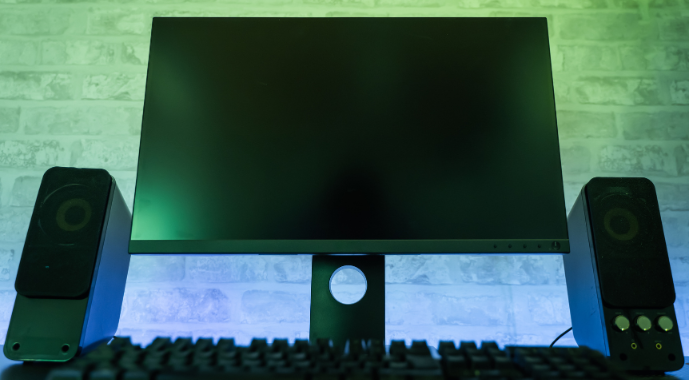In-plane switching (IPS) panels are known for their excellent color reproduction, wide viewing angles, and overall image quality. However, one issue that occasionally plagues IPS monitors is backlight bleed. In this blog post, we'll explore what causes backlight bleed in IPS panels, how it affects your viewing experience, and what steps you can take to minimize its impact.
What is Backlight Bleed?
Backlight bleed occurs when the light emitted by a monitor's backlight is not evenly distributed across the panel, resulting in brighter spots or uneven illumination.

This issue is most noticeable in dark scenes or when the screen displays black or very dark colors. Backlight bleed can manifest as glowing spots or patches near the edges of the screen, or as a subtle, uneven glow across the entire display.
Causes of Backlight Bleed in IPS Panels
There are several factors that contribute to backlight bleed in IPS panels:
-
Panel construction: IPS panels are composed of several layers, including a light source (backlight), a light diffuser, and the LCD panel itself.
 If these layers are not perfectly aligned or tightly secured, light can leak through the gaps, causing backlight bleed. Black uniformity in IPS panels are average compared to VA panels.
If these layers are not perfectly aligned or tightly secured, light can leak through the gaps, causing backlight bleed. Black uniformity in IPS panels are average compared to VA panels. -
Manufacturing tolerances: Some degree of backlight bleed is considered normal due to manufacturing tolerances. However, excessive bleed may indicate a manufacturing defect or poor quality control.
-
Pressure on the panel: Excessive pressure applied to the panel during assembly or transportation can cause the layers to separate slightly, allowing light to leak through.
Minimizing the Impact of Backlight Bleed
While it's challenging to eliminate backlight bleed entirely, there are several steps you can take to minimize its impact on your viewing experience:
-
Adjust monitor settings: Lowering your monitor's brightness and adjusting the contrast settings can help reduce the visibility of backlight bleed.
-
Use bias lighting: Placing a light source behind your monitor, such as an LED light strip, can help balance the light levels in your environment and make backlight bleed less noticeable.
-
Opt for a different panel technology: If backlight bleed is a significant concern for you, consider opting for a different panel technology, such as VA (Vertical Alignment) or OLED. While these technologies have their own set of trade-offs, they generally exhibit less backlight bleed than IPS panels.
-
Return or exchange the monitor: If your IPS monitor exhibits excessive backlight bleed, it may be worth contacting the manufacturer or retailer to request a return or exchange. Keep in mind that some degree of backlight bleed is considered normal, and it's possible that a replacement monitor may still exhibit some level of bleed.
Backlight bleed in IPS panels is an unfortunate side effect of the technology, but it's important to remember that not all IPS monitors are affected to the same degree. By understanding the causes of backlight bleed and taking steps to minimize its impact, you can still enjoy the benefits of IPS technology, such as superior color accuracy and wide viewing angles, without significantly compromising your viewing experience.

0 comments